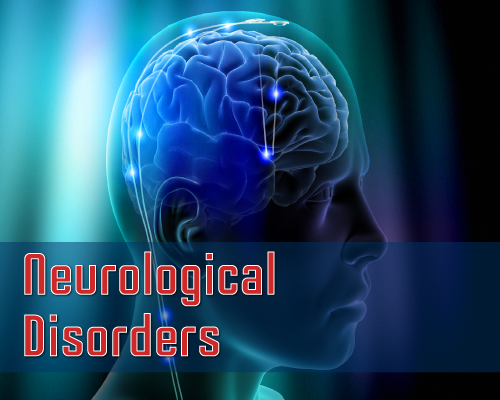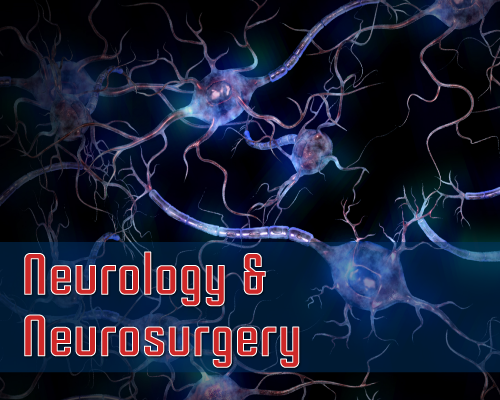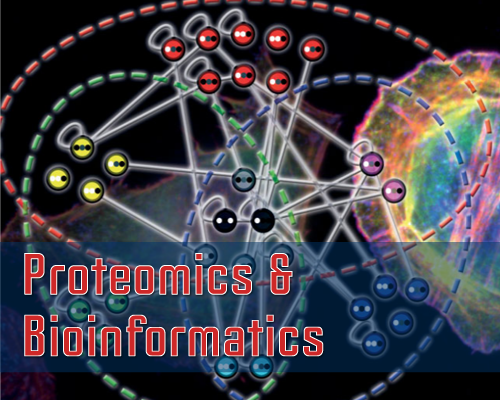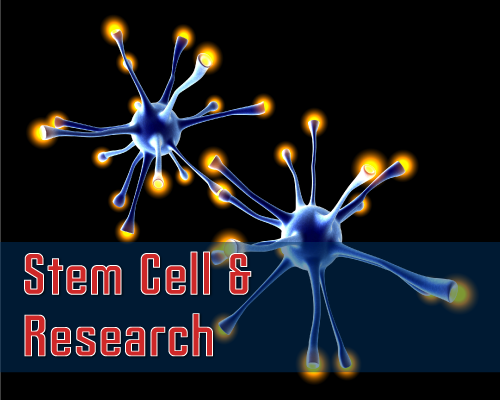Volume 2 Issue 1
Mostafa Allameh Zadeh* and Mohsen Farrokhi
This paper introduces the Artificial Neural Networks (ANN) function to model probabilistic dependencies, in supervised classification tasks for discrimination between earthquakes and explosions problems. ANNs are regarded as the discriminating tools to classify the natural seismic events (earthquakes) from the artificial ones (Man-made explosions) based on the seismic signals recorded at regional distances. The bulk of our novel is to improve the obtained numerical results using this advance technique. The ANNs, by testing the different types of seismic features, showed the potential application of this method to discriminate the classes. During the above study, we found out that the Neural Networks have been used in a fully innovative manner in this work. Here the ARMA coefficients filters detects the type of the source whenever a natural or artificial source changes the nature of the background noise of the seismograms. During the above study, we found out that this algorithm is sometimes capable to alarm the further natural seismological events just a little before the onset.
Keywords: Discrimination, Earthquakes, Explosions, Artificial Neural Networks (ANN), supervised classification
Cite this Article: Zadeh MA, Farrokhi M. Discrimination between Earthquakes and Explosions Using Artificial Neural Networks. American J Biom Biostat. 2018;2(1): 011-017.
Published: 30 May 2018
Mini Review: Chakrabarty's Tables of Random Numbers: A Comparison of Degree of Randomness with that of Some Existing Random Numbers Tables
Dhritikesh Chakrabarty*
A comparative study has been carried out on the degree of randomness of the two tables of random numbers due to Chakrabarty with the four tables of random numbers due to (1) Tippet, (2) Fisher & Yates, (3) Kendall & Smith and (4) Rand Corporation The degree of randomness has been examined on the basis of the significance of difference between the observed frequencies and the corresponding expected frequencies of the 10 digits. Chi-square (?2) test has been applied in examining the said significance. This paper describes the examination of randomness of the six random numbers tables and a comparison of the degree of randomness of them.
Cite this Article: Chakrabarty D. Chakrabarty's Tables of Random Numbers: a Comparison of Degree of Randomness with that of Some Existing Random Numbers Tables. American J Biom Biostat. 2018;2(1): 003-010.
Published: 19 May 2018
Salman S1* and Ahmed E2
Creutzfeldt Jakob Disease (CJD) is a fatal disease which is transmitted by the ingestion of infectious materials (mainly BSE-contaminated beef). Here a simple mathematical model of its progress is given.
Transmissible Spongiform Encephalopathies (TSE's), also known as prion (proteinaceous infectious particles) diseases, [1,2] are a group of fatal brain diseases that affect both animals and humans. Infective prions propagate by refolding into abnormal structures which cause the conversion of normal protein molecules into the abnormally structured forms. These prions are resistant to inactivation by conventional decontamination methods. They also resist all routine sterilization procedures commonly used in health care facilities. Because of the unconventional transmissions of these agents, they are of particular concern for public health.
Variant Creutzfeldt Jakob Disease (vCJD) is a human form of Bovine (Transmissible) Spongiform Encephalopathy or mad cow disease. Variant CJD is an infectious disease typified by long incubation periods and asymptomatic infections |two factors making epidemiological investigations particularly difficult. Two modes of infection of vCJD have been identified:
Cite this Article: Salman S, Ahmed E. On a Simple Model for Creutzfeldt Jakob Disease. American J Biom Biostat. 2018;2(1): 001-002.
Published: 17 May 2018
Authors submit all Proposals and manuscripts via Electronic Form!




























